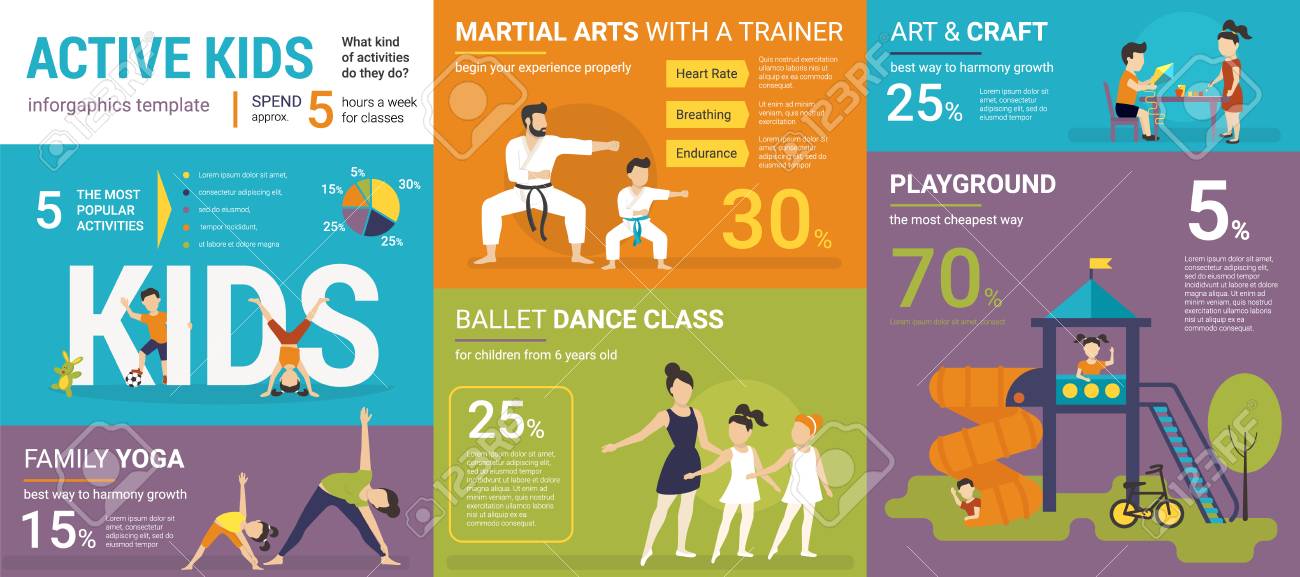The Growth And Historic Context Of Martial Arts Worldwide
The Growth And Historic Context Of Martial Arts Worldwide
Blog Article
Web Content Develop By-Chu Vick
Martial arts have a remarkable history that spans centuries and continents. You could find it intriguing just how ancient techniques like Shuai Jiao and Kalaripayattu prepared for modern-day fight techniques. These self-controls not just highlight physical abilities but additionally reflect the societies that birthed them. As you explore their development, think about exactly how globalization has transformed these conventional kinds right into hybrid styles. What impacts do you assume have shaped today's martial arts landscape?
Ancient Martial arts: The Foundations of Battle
As you explore the globe of old martial arts, you'll uncover the abundant foundations that formed combat methods throughout societies. Very early methods focused on Self-Defense and survival, often including strikes, hurting, and weaponry.
In old China, for instance, techniques like Shuai Jiao emphasized throws and joint locks, while India's Kalaripayattu showcased dexterity and liquid movement. Japanese samurai established Kenjutsu, a polished swordsmanship that highlighted discipline and strategy.
These martial arts served not just for battle however likewise as a means of personal development, instilling values like regard and perseverance. The mixing of these techniques over time laid the groundwork for the varied martial arts you see today, each reflecting the one-of-a-kind viewpoints and requirements of its society.
The Cultural Influence on Martial Arts Advancement
While martial arts often mirror the functional needs of a culture, they also personify the social values and ideas of their beginnings. When you discover different martial arts, you'll discover exactly how they're affected by religious beliefs, philosophy, and social standards.
For instance, the emphasis on regard and discipline in Japanese martial arts comes from Zen Buddhism and samurai culture. In contrast, Brazilian Jiu-Jitsu promotes adaptability and method, formed by the need for performance in a diverse, multicultural environment.
mebane martial arts champions could locate that the routines, uniforms, and training methods mirror a neighborhood's background and identification. By recognizing these cultural influences, you deepen your gratitude of martial arts and their duty fit human experiences across the globe.
Modern Adaptations and the Globalization of Martial arts
Martial arts have actually changed dramatically in recent years, adjusting to contemporary culture and worldwide impacts. You'll see that conventional types have combined with contemporary methods, creating hybrid styles like MMA. These adjustments cater to diverse audiences, making martial arts obtainable and attractive worldwide.
With the surge of social media and digital platforms, you can find tutorials and competitions from all edges of the globe, damaging geographical barriers. This globalization has led to a common gratitude for numerous techniques, from Brazilian Jiu-Jitsu to Taekwondo.
As you involve with these arts, you'll realize they're not almost fight; they promote health and fitness, technique, and mental wellness.
Ultimately, modern-day adjustments have actually improved the martial arts landscape, making it a vibrant and progressing practice.
Conclusion
In exploring the background and evolution of martial arts, you reveal a fascinating mix of methods, societies, and approaches. From filipino martial arts tattoos like Shuai Jiao and Kalaripayattu to the modern-day adaptability seen in MMA, martial arts show mankind's mission for Self-Defense and individual development. As you involve with these methods, you not only acquire abilities yet likewise a deeper admiration for the diverse customs that form our world today. So, proceed your trip and embrace the art of battle!
